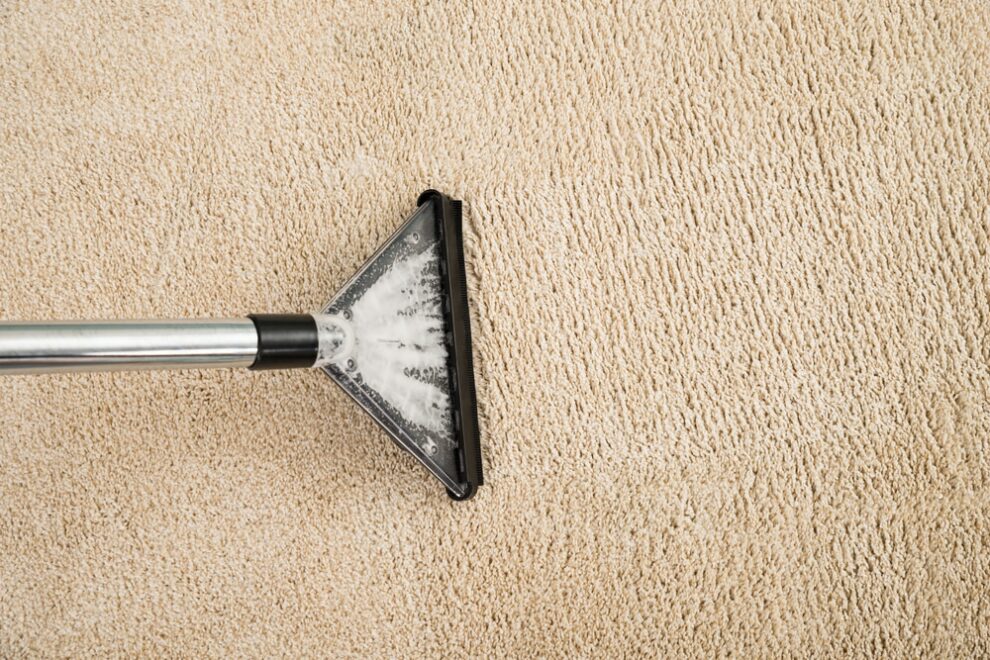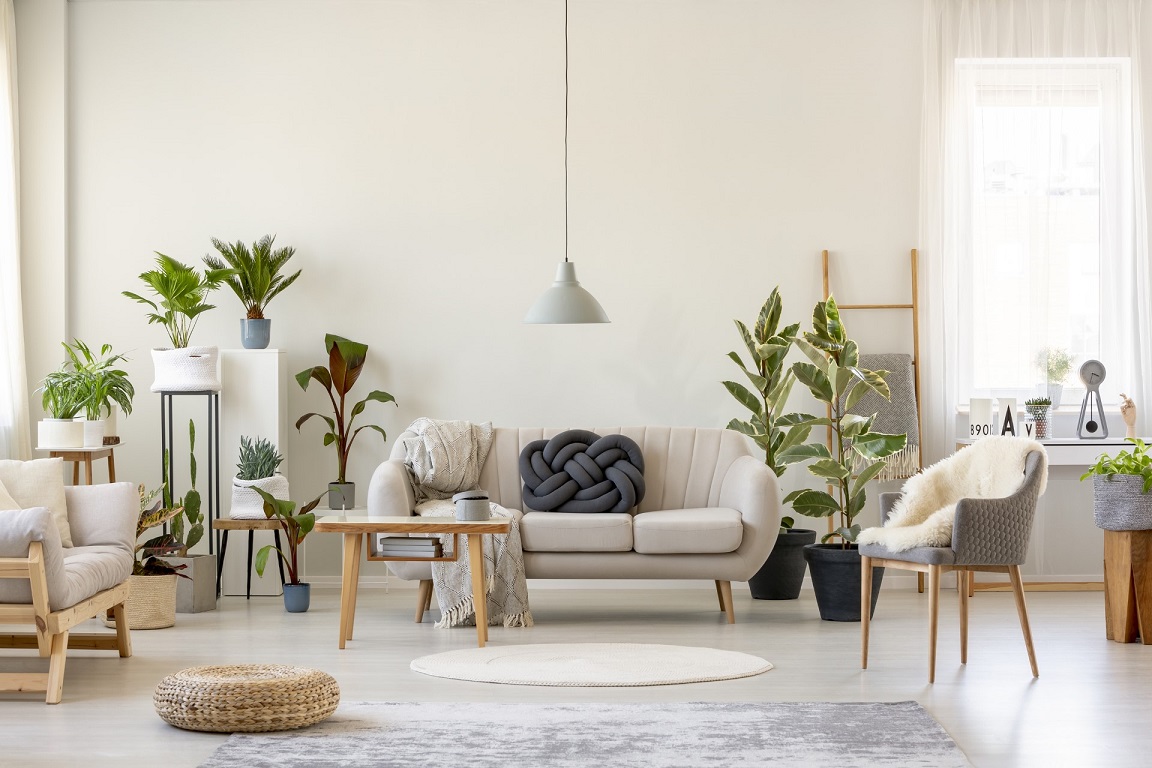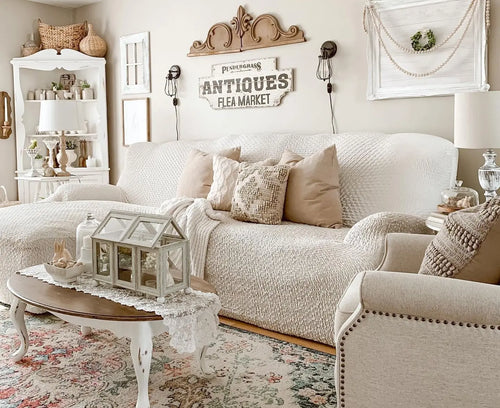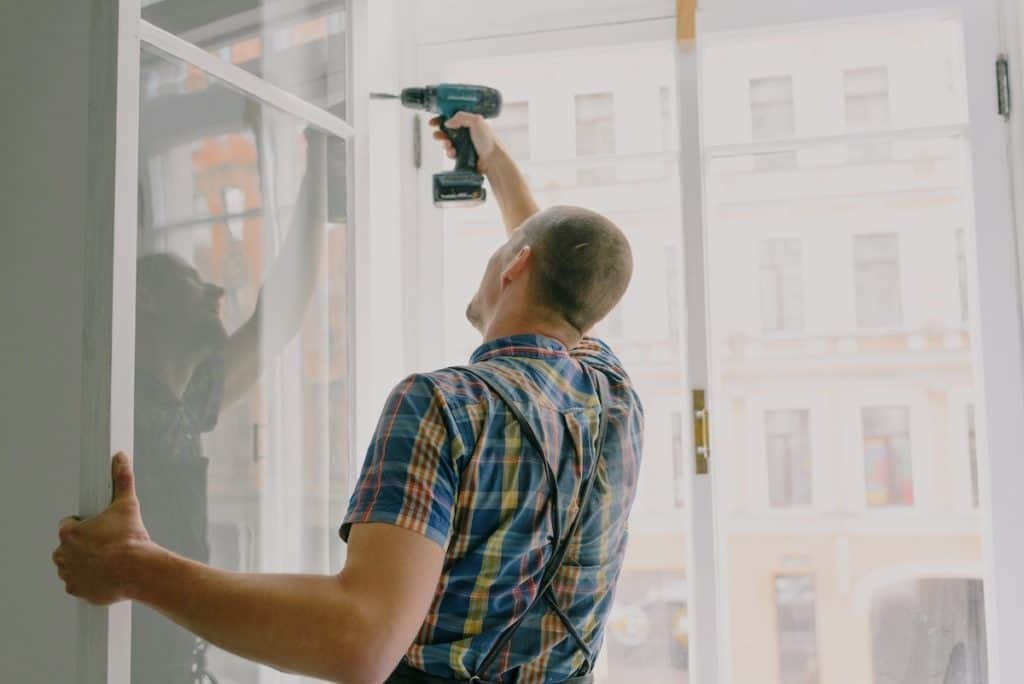How Do You Know If A Carpet is Wet?
While it may seem like a silly question from the outset, sometimes wet carpet doesn’t actually appear moist. You may have some old moisture trapped below the surface of the carpet. Maybe there’s a leak in a corner of the house that you don’t frequently check that is causing your wet carpet.
One of the first ways to spot carpet moisture problems is by the foul odor emanating from the affected area. If left untreated, this odor will continue to permeate your indoor air and can really stink up your home.
If you notice a musty odor that just won’t go away with vacuuming and regular cleaning, you may be dealing with a wet carpet. Other signs of trapped moisture can include constant sickness and allergy symptoms in family members and pets, as well as discoloration in sections of your carpet.
Should You Let Wet Carpets Sit?
Let’s say you find your living room carpet soaked when you return from a weekend ski trip or you wake up to a flood in your basement. You may not know how long ago the leak happened, or whether the carpet was wet for a few hours or a few days.
Regardless of when the soaking occurred, once you know an issue exists you must take action to clean up the mess. Leaving wet carpet sitting risks not only damaging the carpet and the padding beneath, but risks damaging your subfloor as well.
Unattended wet carpet is prone to mold and mildew. When you leave moisture sitting in a warm, dark place, these toxins will invade your home – and once moisture and mold permeate a carpet pad, it’s impossible to eradicate.
Mold is incredibly toxic to humans and pets. Left untreated, it impacts those who are sensitive to allergens, and decrease your quality of life by tainting your home’s air supply.
Seven Expert Tips For Drying A Wet Carpet
If you have wet carpet, there’s no time to lose. Follow these steps for drying your carpet properly and preventing the spread of moisture and mildew.
1. Remove The Moisture
The most important part is first stopping water from flowing into the problem area. The easiest way to get the moisture or water out of your carpet is by removing it with a wet vacuum. Wet vacs are the perfect tool for getting rid of water in your carpet. They’re relatively inexpensive, and you can easily rent one if you think you may need a wet vac just once.
2. Assess Your Furniture
If you have furniture and fixtures in the room, check to see whether the moisture impacted those items. While you can remove, dry, and replace some objects, others – like upholstered furniture – may require more special attention. Unfortunately, you may have to dispose of items that have severe water damage.
3. Create Air Flow
Create as much airflow as possible in the wet area to help clear the odor and moisture from the room. Open windows, turn on fans and put a fan on the floor to help dry things out.
High-powered fans are best for this job. However, if you only have standard fans, a little airflow is better than none. Consider using a dehumidifier to remove even more moisture from the atmosphere.
4. Replace Carpet Padding
In most cases where water has saturated your carpet, your carpet padding is a goner. Replace it to prevent the main carpet from becoming saturated with mold.
5. Steam Clean
Steam cleaning wet carpet removes any toxins and deodorizes it. You can do this yourself or call a professional for help. Steam has a high enough temperature to kill any toxins, and also removes the toxins when the steam cleaner sucks up the dead mold spores.
6. Use Baking Soda
Baking soda works wonders when it comes to lifting and removing trapped moisture. Simply sprinkle a liberal amount of baking soda over your wet carpet and allow it to sit for at least half an hour. Then, vacuum it up and enjoy fresh dry carpets.
7. Sanitize Other Room Surfaces
To further prevent the spread of mold and mildew, thoroughly clean the other surfaces in the room. Scrub the walls and baseboards to remove the remainder of water and any mildew from your room.








Add Comment